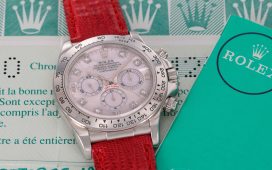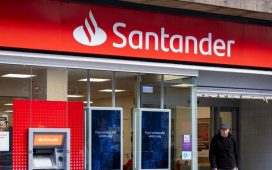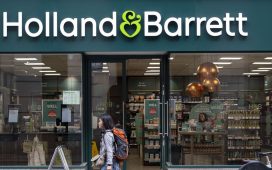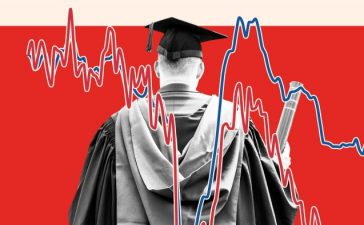Struggling households who rely on budget range groceries saw bills rise £100 a year more than others during the cost of living crisis due to ‘cheapflation’.
New analysis has revealed that the prices of the least expensive budget lines in supermarkets jumped 32.6 percent from 2021 to 2023 under a phenomenon dubbed “cheapflation”.
This was double the 15.8 percent increase recorded for the most expensive big brands and supermarket premium products.
Millions of households switched to budget ranges from the big supermarkets during the cost of living crisis. While these products were cheaper, the savings were not as great as might have been expected.
At the same time, this switch away from big brands to supermarket own labels delivered a profit bonanza for the major supermarkets, whose sales rose sharply.
The analysis, conducted by the Institute for Fiscal Studies (IFS), confirms separate studies by consumer champions at Which? published during the cost of living squeeze that left millions faced with a stark choice between heating and eating.
The IFS described the difference in grocery price inflation suffered by the poor versus the rich as “unprecedented”.
It said: “This “cheapflation” led to households in the bottom quarter of the spending distribution experiencing inflation rates 5.6 percentage points higher than those in the top quarter.
“This added around £100 to the annual cost of a shopping basket for households in the bottom quarter of spending, compared to a situation where the poor had experienced the same inflation rates as the rich.”
Tao Chen, an IFS research scholar, said: “Widespread ‘cheapflation’ pushed up the prices of the most inexpensive varieties of grocery products over the last two years. This hit poorer households harder.
“Individual households will almost always experience a different rate of inflation to headline numbers such as the CPI (inflation rate) because these measures are based on average consumer spending patterns across the economy.
“Our research shows that it’s important to take account of differences in the products people buy at a very fine level to detect differences in how they are being affected by the rising cost of living.”
The IFS did not produce data on specific product price rises, however Which? research published during the height of the cost of living squeeze identified some startling increases.
The consumer champion’s figures showed an annual increase on budget food products of 21.5 percent.
Its research found some products saw eye-watering increases. For example, tins of Growers Harvest sliced carrots werwent from 20p at Tesco to 33p, and packs of pork sausages at Asda rose from 80p to £1.27.
Budget Creamfields French Brie wwent up from 80p at Tesco to £1.57, while Sainsbury’s Simply Muesli went from £1.20 to £2.25. Woodside Farms Gammon steaks were up from £1.50 at Tesco to £2.39.
At the time, Which? said that Aldi and Lidl remained the cheapest supermarkets, however it said their products had seen the fastest increases. This was vehemently challenged by the stores, who questioned the figures.
The British Retail Consortium (BRC) and supermarkets blamed the higher prices on increases in the cost of ingredients and energy, plus a need to pay suppliers, including farmers, more.
The BRC pointed out that the official ONS measure of food inflation is now running at a low figure of 1.5 percent.











